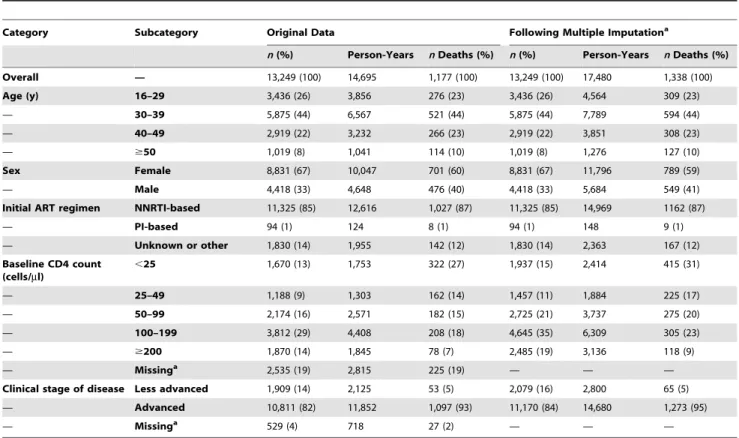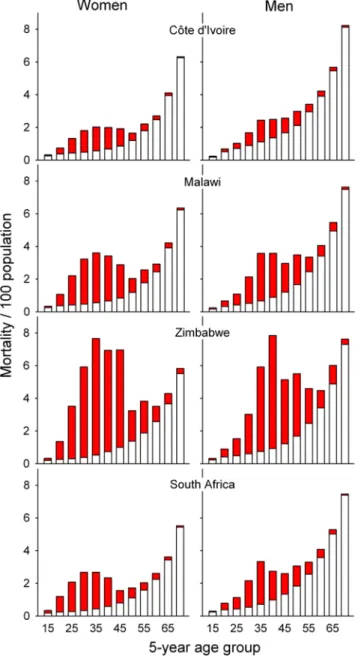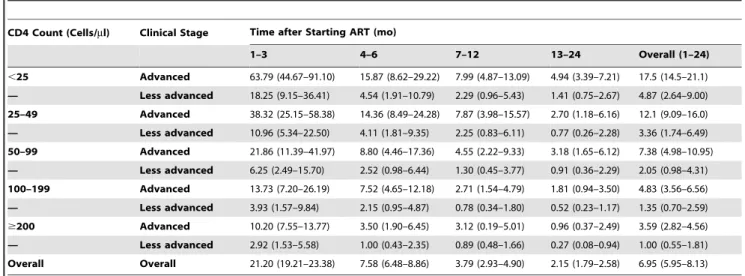Mortality of HIV-infected patients starting antiretroviral therapy in sub-Saharan Africa: comparison with HIV-unrelated mortality.
Texto
Imagem



Documentos relacionados
Here, we will review the epidemiology of the current scenario of cryptococcal meningitis in HIV-infected persons, the strategies to reduce mortality and morbidity due to
The estimates are based on a comparison of the crude death rates obtained using registered mortality, as re- ported to PAHO for the three-year period indicated, and the death
The rapid expansion of ART programmes in settings with weak health systems is associated with high mortality and loss of patients to follow up [19,20]. With the on-going rapid
A retro- spective study was conducted to describe early mortality rates observed in persons diagnosed with incident cases of HIV-associated histoplasmosis admitted in one of the
Although the pathogenesis of HIV infection and the general principles of therapy are the same for HIV-infected adults, adolescents, children and infants, antiretroviral treatment of
Impact of highly active antiretroviral therapy (HAART) on the incidence of opportunistic infections, hospitalizations and mortality among children and adolescents living with
Purpose: To investigate the occurrence of hearing loss in children with HIV and its association with viral load, opportunistic diseases, and antiretroviral treatment.. Methods:
The use of antiretroviral therapy (ART) in these patients reduces the risk of developing active TB [32,33,34], being associated in HIV-infected TB patients with higher rates